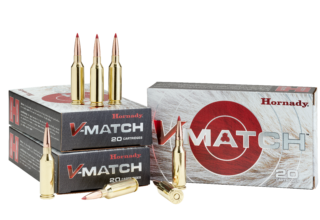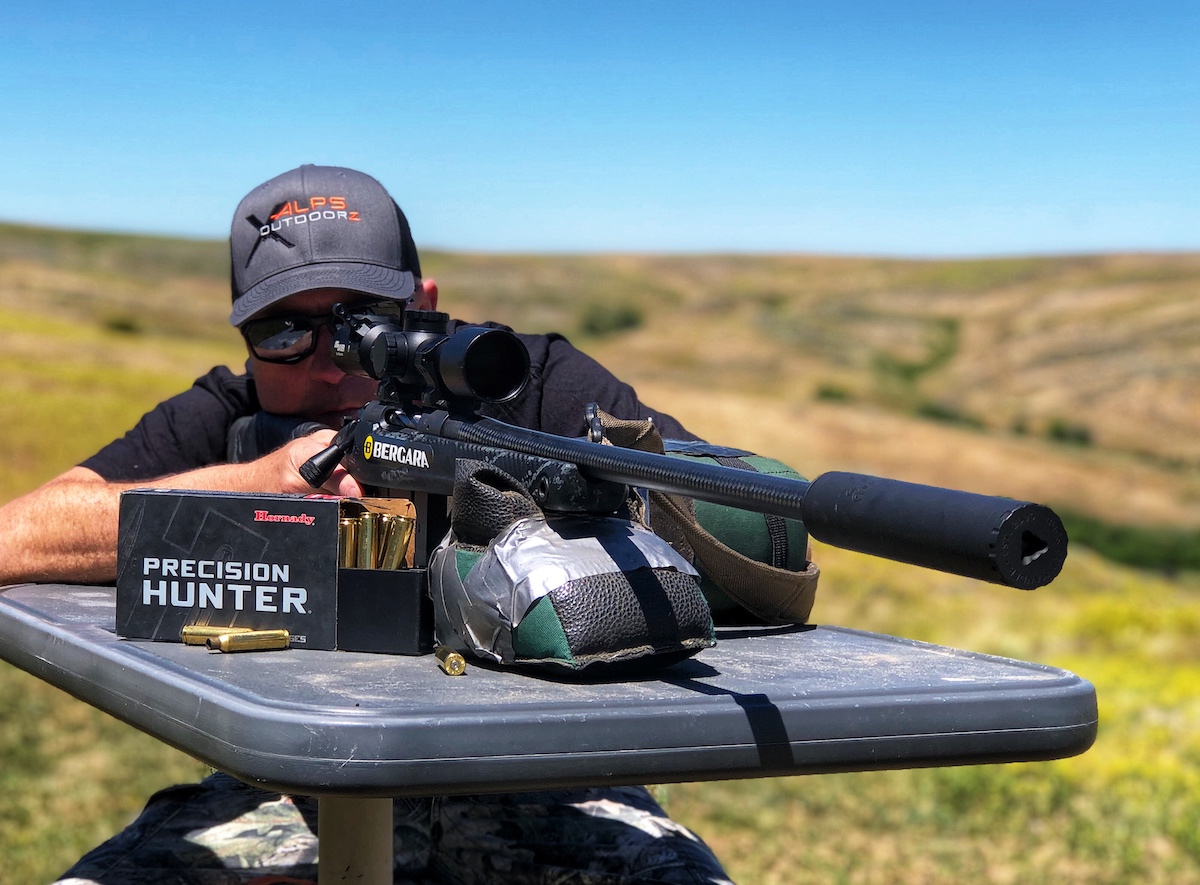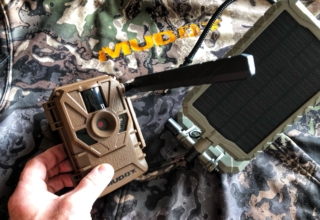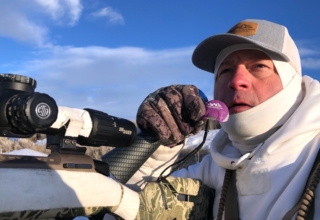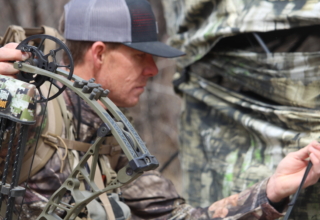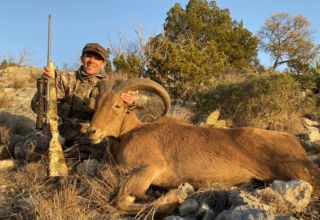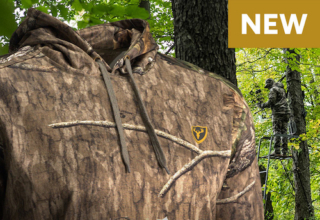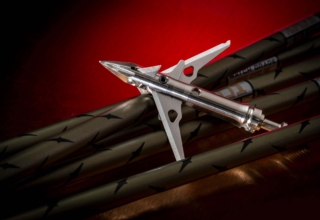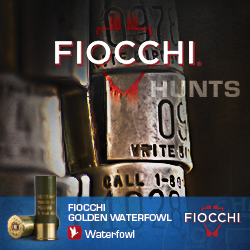Like a good hunting partner, finding the perfect ammo choice to marry with your rifle can be a challenge. The good news: It doesn’t have to be. Heed the to-come tips to simplify and make the process much less expensive.
by Mark Kayser
Ammunition is expensive, and your time at the range should not be squandered. Firing randomly shouldn’t be an option. As summer heats up, so should your search for a compatible ammunition partner and bullet choice for upcoming fall hunts. This rings particularly true if a new rifle takes up space in your gun safe.
Unfortunately, with the high prices and sometimes limited ammunition resources, testing more than one box of a rifle load can be a struggle. Before putting a pile of boxes on the sporting goods counter that could tally $500 or more, consider these options to whittle down your choices and save money.
First, partner up. If you and a buddy recently purchased new bolt actions in the 7mm PRC or any caliber, each can purchase a box of different ammunition. Your partner shoots half the box to test it in his rifle and shares the second half before diving into the next ammunition selection. With two to three boxes of different loads between you, a winner will likely surface. Plus, you both win with significant wallet savings.

If you lack a close shooting friend, query others at the local shooting range for an ammo swap. Most people are eager to save money, talk ballistics and work together toward a common goal. Even offer to give a reloading enthusiast the spent brass if you do not reload.
Second, do your research. Depending on the rate of twist in a barrel, manufacturers design rifles for the best performance while using a range of bullets that seldom varies wildly. For instance, the famous .308 Winchester typically shoots best with bullet weights of 150, 165, 175, or 178 grains. Other calibers also have sweetheart bullet weights, and a bit of research will help you narrow your search and save you money again.
Finally, when you visit the range, ensure your rifle is as close to zero as possible. First, bore sight it or have an expert gunsmith do the chore for you. The task takes just minutes and will save you exponentially in firing random bullets downrange to finally hit your target. Once bore-sighted, dig through your ammo cache and find some cheap loads close to your intended final ammo choice. Use those to get your shots close to zero before diving into the good stuff to finish your sight-in process. To get a good look at how your rifle will shoot with a cool barrel during the hunt, let it cool between shots at the range. You may even be limited to firing a few shots every day during the dog days of summer to prevent the barrel from overheating.
Today I primarily hunt big game with big calibers for several reasons, including punishing foot-pounds of delivery, trajectory benefits, and the option to use a heavier bullet that teams with the foot-pounds of punishment. Variables like long-range, jumpy game, buck fever, and climatic conditions can all lead to a slightly off shot.
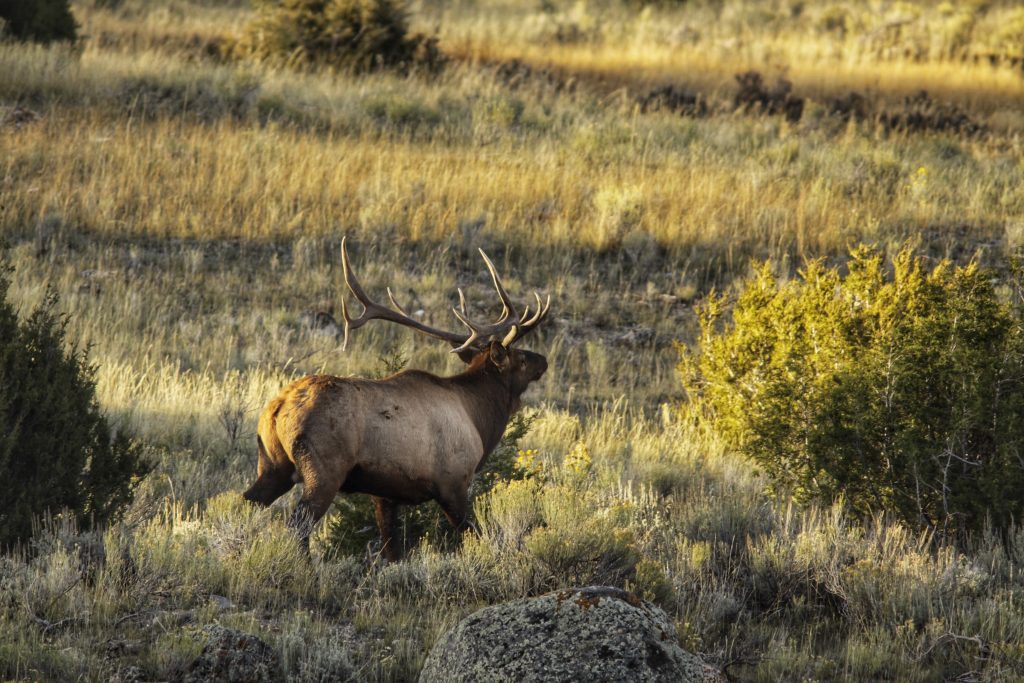
A larger caliber typically delivers enough damage to halt an escape long enough for a follow-up shot. I prefer the 7mm Remington Magnum, 7 mm PRC, .300 Winchester magnum, and the .300 PRC. There are more, but you get the point.
When choosing ammunition, my first go-to is the Hornady ELD-X bullet, either reloaded or in Hornady Precision Hunter ammunition. No, it is not a newcomer, but a golden oldie with more than six years of real-world experience backing it from hunters worldwide and my collection of venison donators. Several features make this a solid first choice.
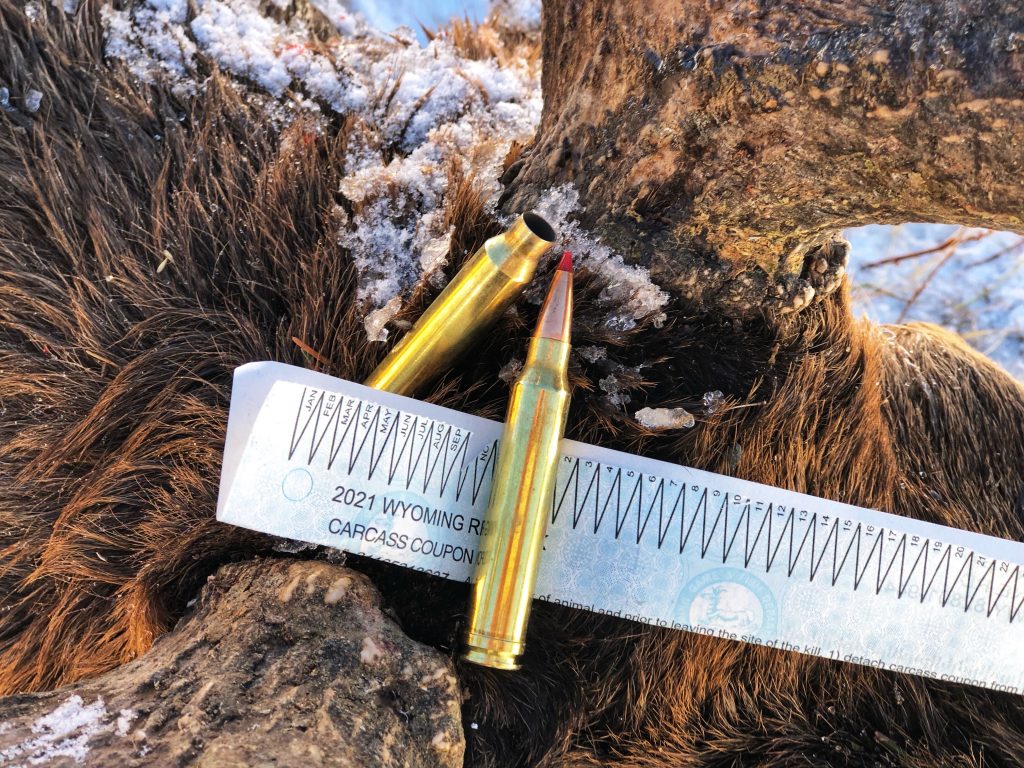
First, lots of research went into the ELD-X, which stands for Extremely Low Drag – Expanding. In 2011, Hornady adopted Doppler radar technology that the military has used for weaponry tracking since the 1960s. Doppler revealed what a chronograph could not by measuring the shift or frequency changes reflected from a moving object every one to two feet. Doppler divulged that there was a shift in tipped-bullet flight that chronographs couldn’t detect.
Second, Hornady could see that tipped bullets were deforming from the precise Doppler flight data. They were able to get an exact breakdown of the bullet’s performance with no assumptions necessary. With the new information, engineers pointed the finger at heat as the inconsistent flight culprit and went to work with lab coats on. Hornady’s answer was the development of the Heat Shield Tip, a patent-pending material that would not reach a rubber-like state until 475-degrees Fahrenheit with a melting temperature above 700-degrees Fahrenheit. The new composite material would not degrade at typical velocities, even if nudged beyond normal.
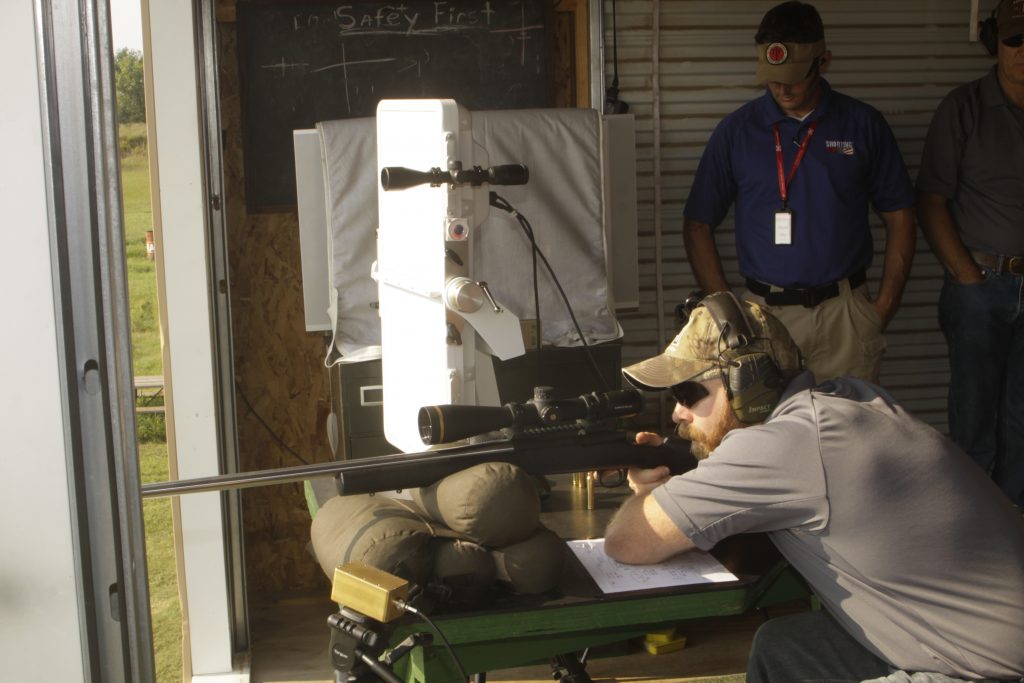
Third, the ELD-X bullet was designed for hunting, close and far. How? Hornady increased the tip size and optimized the Meplat diameter for more heat capacity without a loss in BC to take advantage of the new tip technology. That equals increased accuracy. A larger diameter shank in combination with a new bullet design, allowed for expansion at velocities as low as 1,600 fps. Expansion was also had at top-end speeds.
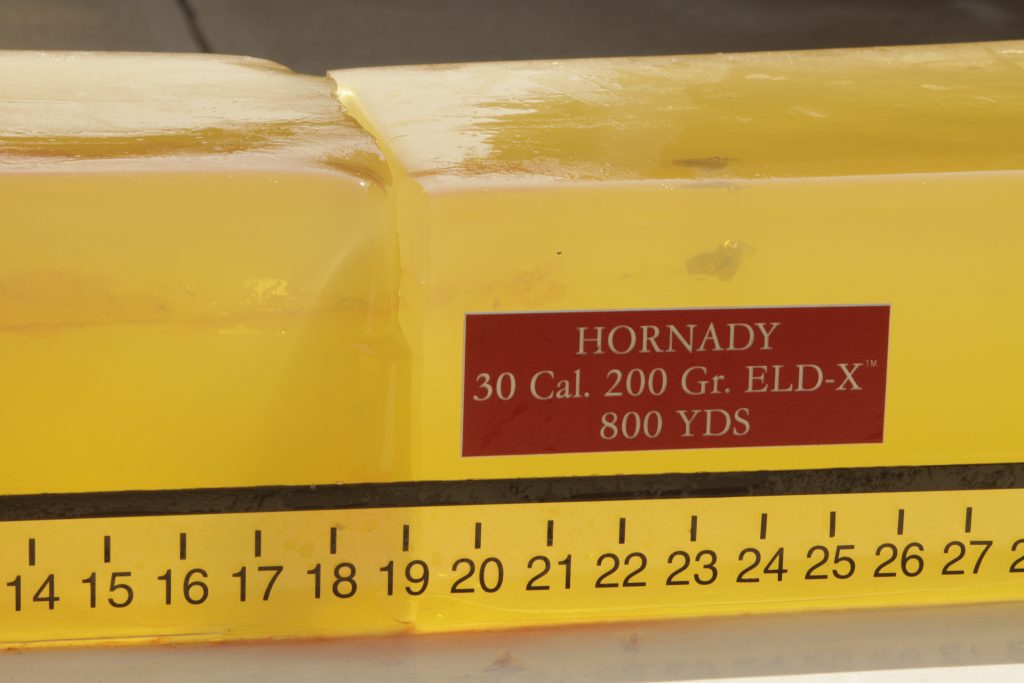
My first real-world test on a 5 1/2-year-old mule deer buck at 300 yards was eye-opening. The 200-grain ELD-X bullet from my .300 Winchester magnum entered, expanded, and plowed a massive wound channel through the deer’s body. He tipped on the spot. My tests include game from pronghorn to numerous deer and elk kills. Most were one-shot endings, although I do give elk follow-up hits when the opportunity allows. Elk are tough.
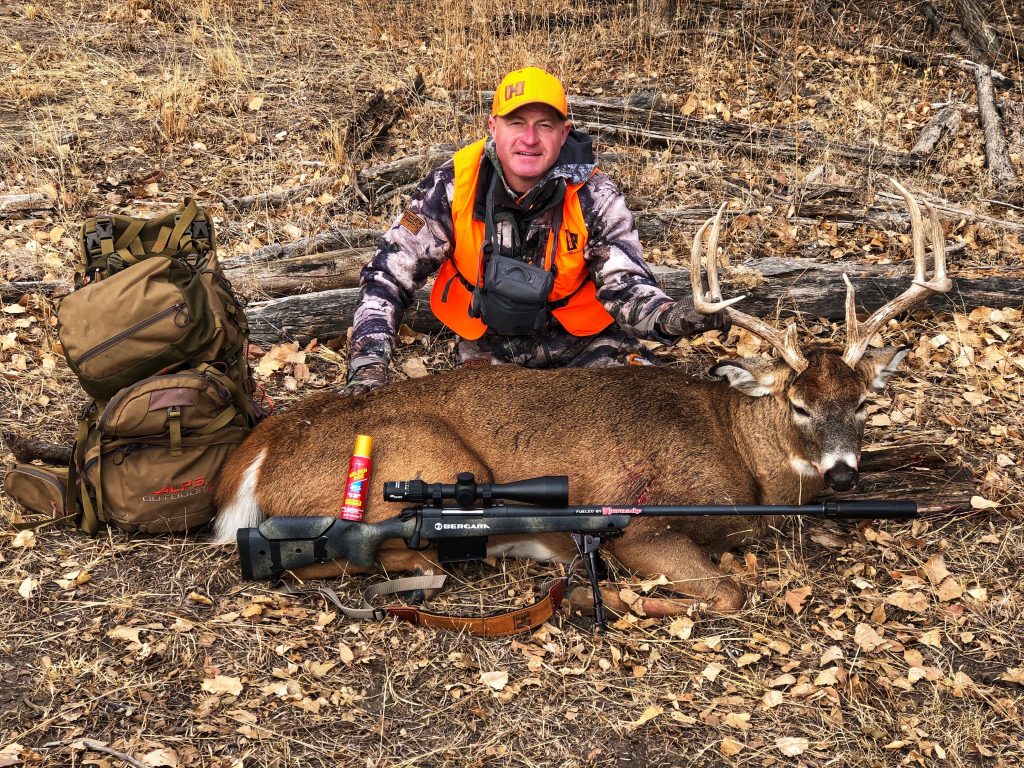
If copper is your thing or you require California-compliant bullets, Hornady utilized elements of the ELD-X bullet to create the CX bullet, a copper alloy expanding bullet. Grooves on the CX maximize aerodynamics. That design also reduces bearing surface and fouling. Purchase for your reloading or buy it already loaded in Hornady’s Outfitter line of ammunition. You receive a hunting bullet built into a line of ammunition with ruggedness in mind. Outfitter Ammunition features corrosion-resistant nickel-plated cases and watertight sealed cartridge cases and finishes the job with the CX bullet riding point.
Summer screams range time, but you do not have to break the bank for accuracy testing. Team up with your pals, field-test several loads, and have your rifle zeroed well before any seasons kick off. Good hunting!


